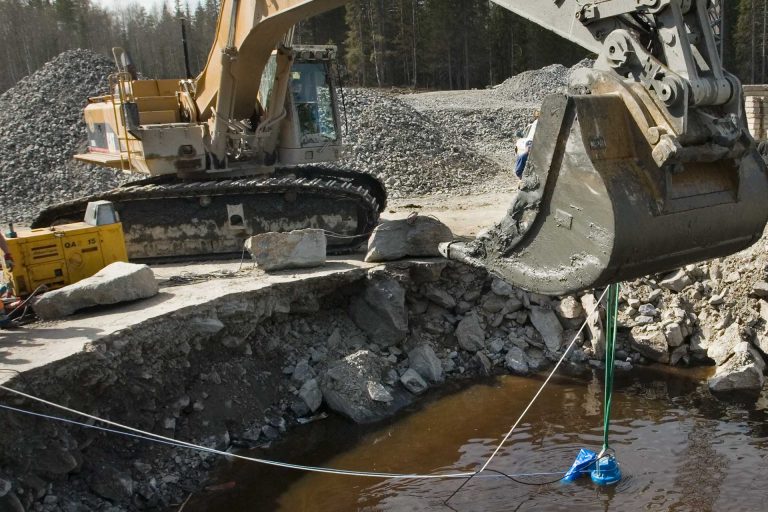Using pumps for dewatering is essential for many reasons. One of the biggest is that it’s a much faster and more effective way of getting the water out of the soil. If you’re thinking about dewatering your soil, you should know that there are many different types of pumps that you can use. The submersible and the Centrifugal end suction type are some of the most common. Choosing the right pump is essential because it can make or break your entire process.
Submersible pumps
Using Submersible Pumps for dewatering can be an effective way to remove unwanted water from an area. First, however, choosing the right pump for your application is essential. In choosing the right type of pump, you need to consider factors such as the size of the piping system, the water’s properties, and the type of solids present.
A dewatering pump usually has an open impeller consisting of two parts. The first part will suck in the water, and the second part will push the water out.
When choosing a submersible pump, it is essential to know whether or not it can be completely submerged in the liquid. If it is, you will need to install a liner before it can be used. If it is not, then you will need to float it.
A submersible pump can be either electric or diesel-powered. Electrical pumps have a smaller footprint and require less maintenance.
Centrifugal end-suction pumps
Designed for long-term liquid suction, end-suction pumps are perfect for many industrial applications. Several models are available with various flow rates and discharge capacities. The best way to find the ideal solution is to consult an expert.
When choosing an end-suction pump, it’s essential to consider its design and construction. Depending on the application, these pumping systems are either frame-mounted or bare-shaft. Some pumps also have separate coupling and motor systems.
The type of water that is being dewatered also plays a role in determining the type of pump. For example, the parts of undertaking pressure of a DA40/32H can increase to 1.6Mpa.
Another consideration when choosing an end-suction pump is the length of the inlet hose. This will depend on the hose’s diameter and the pump’s prime time. An inlet hose should extend at least 26 feet into the water below the pump.
Wellpoint pumps
Xylem has a variety of pumps for wellpoint dewatering. They include small portable units for small drainage jobs and larger dewatering pumps. A quality pump is essential for a successful project. A pump that can handle large quantities of water, intermittent flows, and brackish waters will be best. Xylem’s application experts can help you determine what type of pump will work for your needs.
Typically, well points are installed in a ring around the excavation. However, they can also be installed parallel to the pipeline trench, especially if the track is extremely long.
They are usually 40-50 mm in nominal diameter. They are also called good perforated points because of the wire mesh filters. A slotted filter is at the base of the riser pipe. The water-bearing formation’s relative grain size determines the riser pipe’s bottom.
Sock dewatering system
Several options are available for socks dewatering systems. The first is the wellpoint system, which consists of a series of shallow wells strategically placed throughout the site. Using an electric submersible pump, the water is pumped out of the well and discharged to the surface through a pipeline. Alternatively, a sump dewatering system is also an option. These types of systems can be built for relatively little cost. They work well for shallow excavations but can also remove large amounts of water.
The other option is the deep well system, which consists of a drilled well instead of a shallow one. These systems can be used for deeper excavations and can be used in utility work. Depending on the project’s requirements, they can be installed to a depth of about 25 feet to 50 feet.

